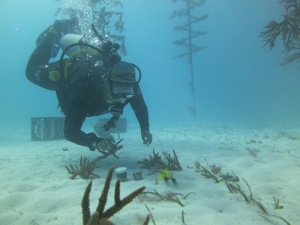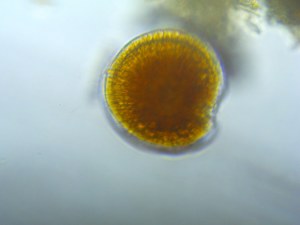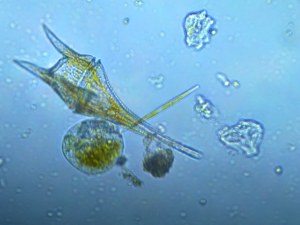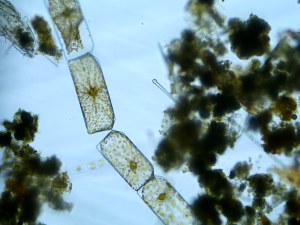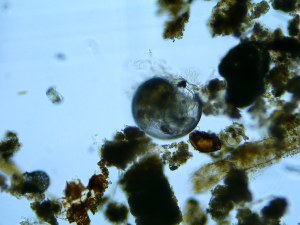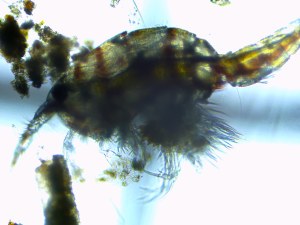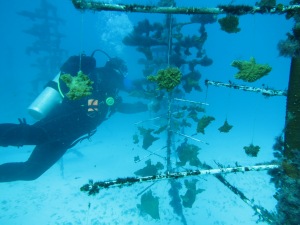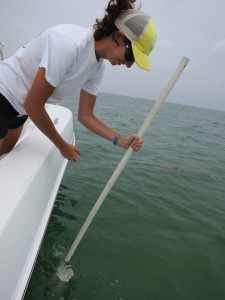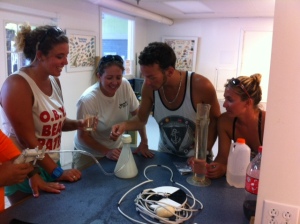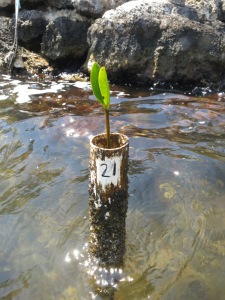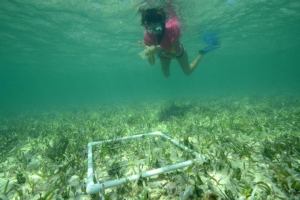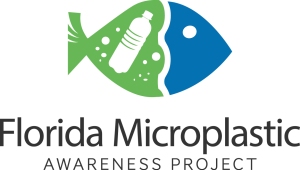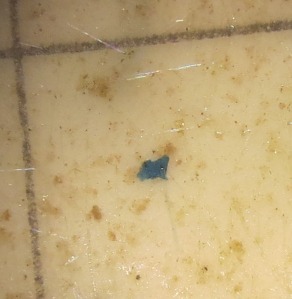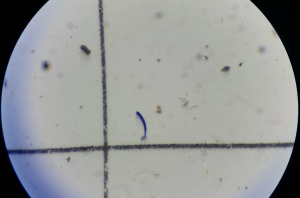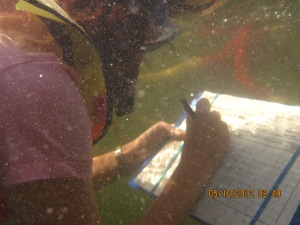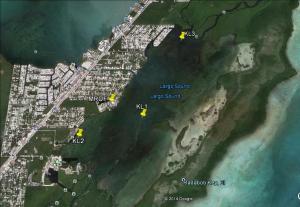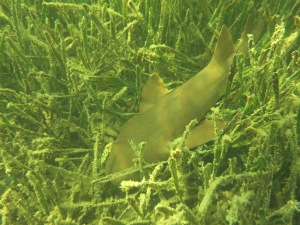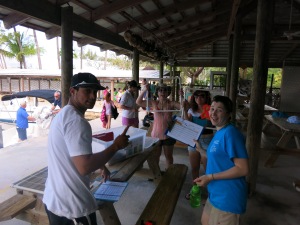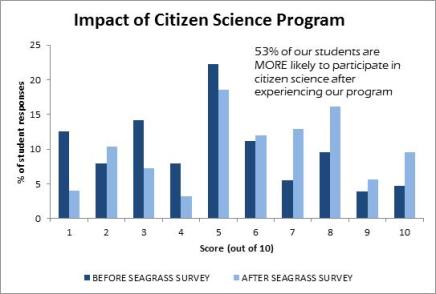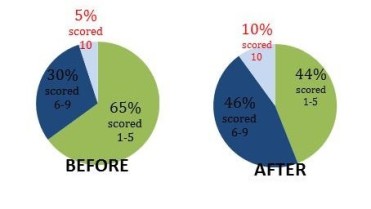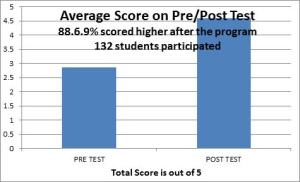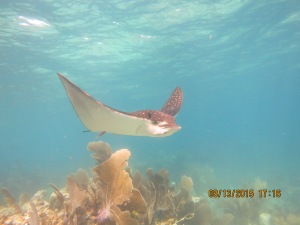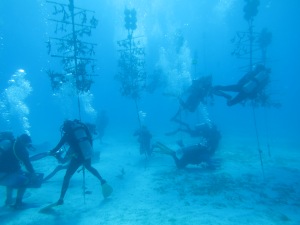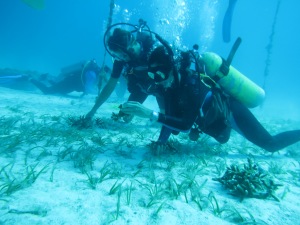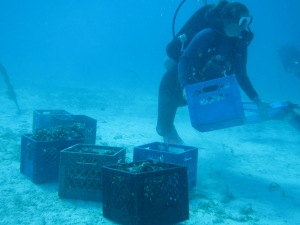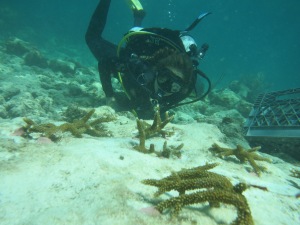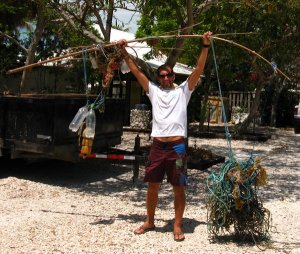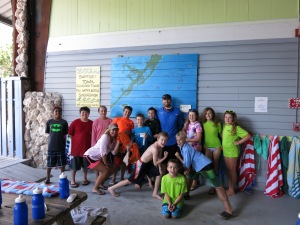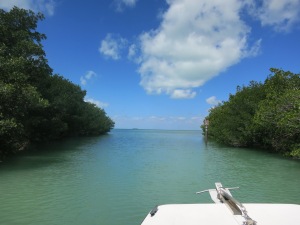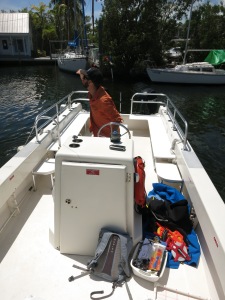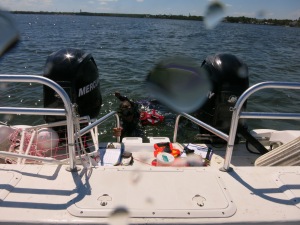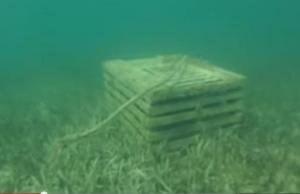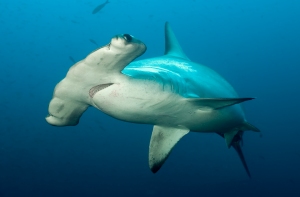
Shark week has arrived! And along with it, plenty of shark buzz with all of the attacks recently along the East coast. As we all know, Discovery’s Shark Week has become less and less about shark science and more and more about instilling fear in every beach-goer. Before you let the recent shark attacks and Discovery Channel’s “Return of the Megaladon” make you change your vacation plans, let’s talk some some shark facts.
Fact: Sharks live in the water and have been there far longer than we have. When we enter the water we are entering shark habitat and an encounter is possible. However, remember that the chances of you getting hurt are more likely during your drive to the beach or while you are sitting under that coconut laden palm tree. Even digging in the sand is more dangerous… The New England Journal of Medicine reported that from 1990 to 2006, 16 people died by digging until the sand collapsed and smothered them. ISAF counted a dozen U.S. shark deaths in the same period. Clearly, you’d be safer in the water, with the sharks. While “man-eating sharks” may seem like a widespread threat to health and safety, shark attacks are still extremely unusual. You have a one in 11.5 million chance of being attacked by a shark in the United States.
Even with this year’s unusually high number of attacks in the Carolinas, in context, there are more pressing dangers at the beach than sharks. The world saw only three known shark-attack fatalities in 2014. The last fatal shark attack in South Carolina was in 1852.
Fact: While it may seem like sharks are everywhere, shark populations are actually dwindling. The human population, however, has increased exponentially over the years and the majority of that population has inhabited coastal areas. With an increase in people and, in turn, an increase in the amount of people entering the water, there will be an inevitable increase in the possibility for shark encounters. There are more people in the shark’s habitat than ever before. Even economics play a role. There were 29 unprovoked shark confrontations in 2009, a recession year when many Americans were too busy trying to keep their homes to spend time in the tides. In these somewhat better times, however, more Americans are vacationing at the beach. In 2013, there were 47 attacks, and 52 last year.
A study published in Science in 2003 found that hammerhead populations were declining by an average of 89%; great whites by 79%; tiger sharks by 65%, thresher sharks by 80%, blue sharks by 60%, and mako sharks by 70%. While it might seem like good news that there are fewer sharks around, it’s actually a very big problem for the rest of us. In many places, sharks are apex predators, meaning they occupy the spot right at the top of the food chain. If their populations aren’t healthy and stable, it throws all of the other life in the oceans out of balance.
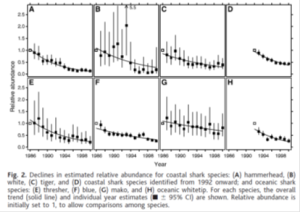
Fact: A number of ecological factors could be contributing to the apparent rash of attacks recently, such as warmer water and drought conditions, said George Burgess, director of the Florida Program for Shark Research.
North Carolina had an unseasonably warm June. Warmer waters have sharks in North Carolina ahead of schedule. The warm water rapidly raised ocean temperatures off the NC coast and prompted fish to migrate North earlier than usual. Some studies have also suggested that certain species become agitated above a certain temperature – 27ºC (80ºF) – so it may be that warmer waters are altering their behavior.
Low rainfall along the coast has increased the salinity. The saltier water is more favorable to both sharks and their prey.
Unfortunately, shark fishing has not been banned in the area, and fishermen put fish guts, or “chum,” into the water to attract the animals, which could be inviting them into areas used by swimmers. It is also sea turtle nesting season so there have been turtles and hatchlings for sharks to feed on.
Ultimately, it could be any or none of these things that have contributed to the attacks, but until the year is over, we don’t even know whether what we are seeing is truly an anomaly. Last year, there were a total of 72 confirmed cases of unprovoked shark attacks on humans, 52 of which occurred in the U.S. So far this year, the U.S. has experienced 25, and since we’re already in July, we may not exceed last year’s number.
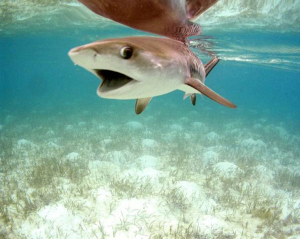
At the end of the day, sharks need to be more scared of people than we are of them. After all, they may have bigger teeth, but we have bigger brains. Happy Shark Week!!
Baum, JK, Myers, RA, Kehler, DG, Worm, B, Harley, SJ and Doherty, PA. (2003) Collapse and conservation of shark populations in the Northwest Atlantic. Science, 299: 389-392.
http://www.cnn.com/2015/07/02/opinions/burgess-shark-attacks/
http://www.elasmo-research.org/education/topics/saf_attacks.htm
Everything’s bigger in Texas, even shark research!
